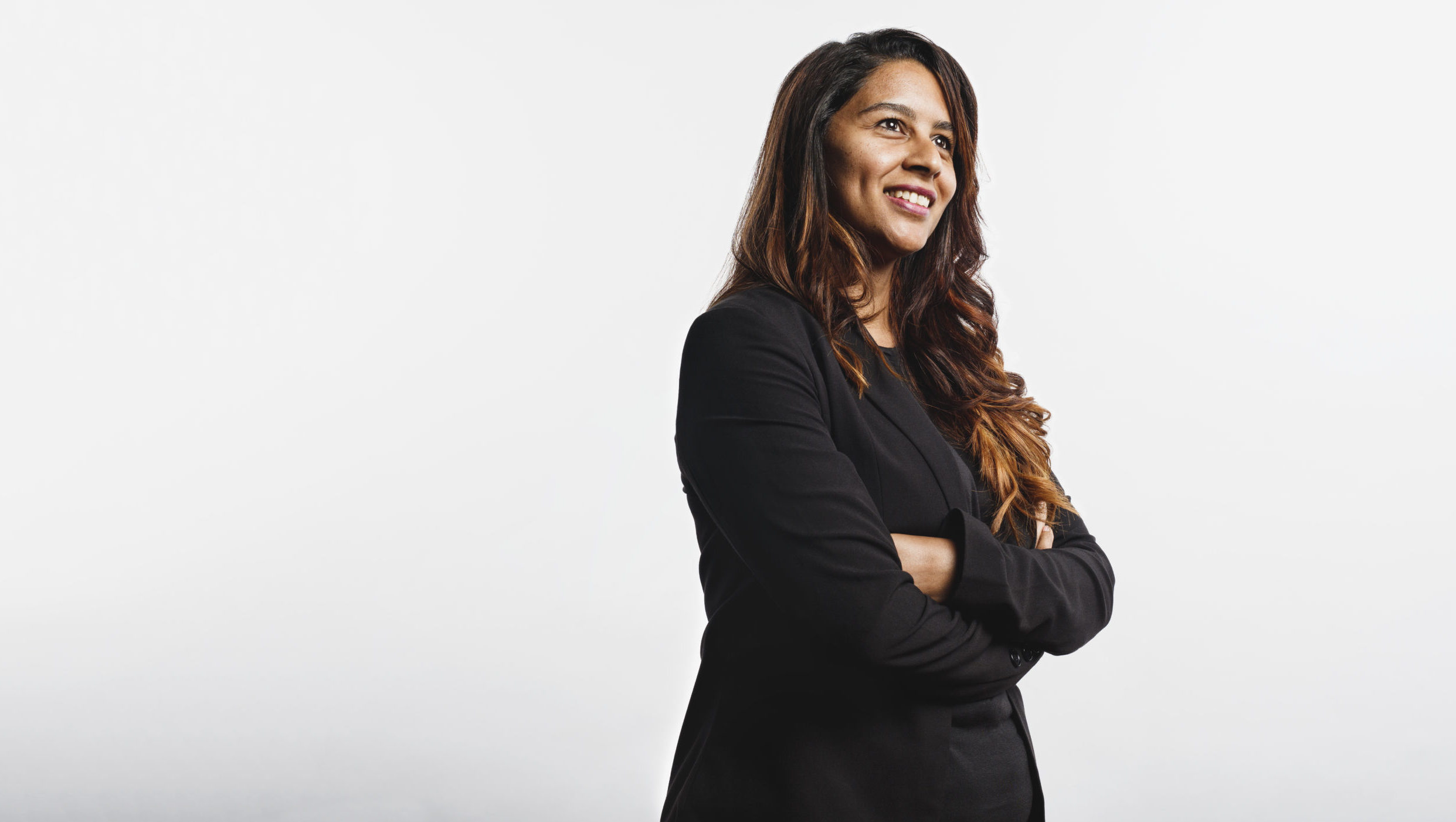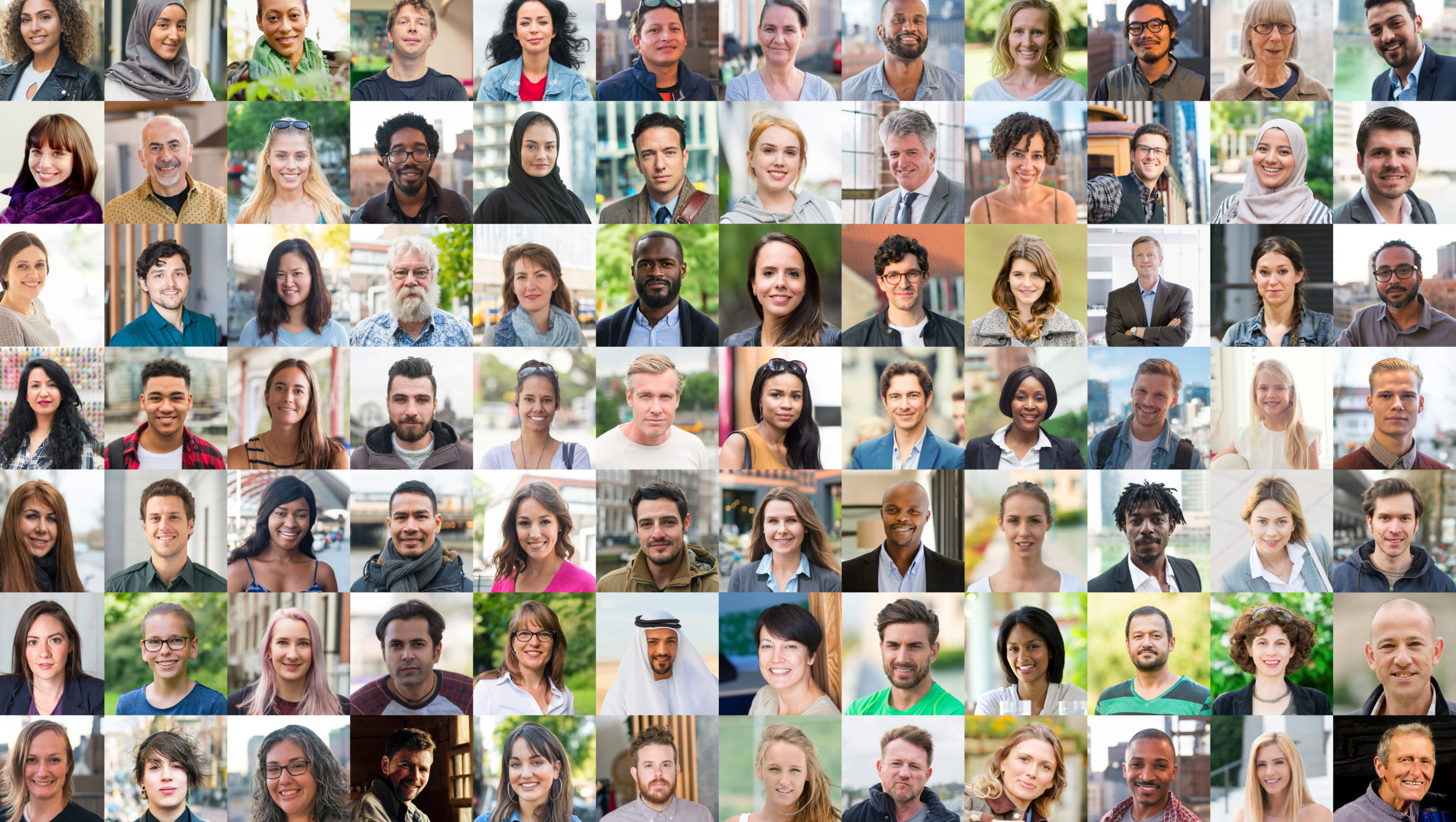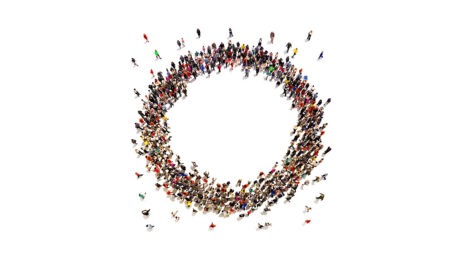He said, she said is so…binary. One size fits all is so…yesterday.
The United States is turning ever more diverse—racially, ethnically and in gender identification—and at a stunningly rapid pace. To help sell products, grow companies, advance agendas and meet goals, meeting professionals now have a compelling business case for accommodating our many hues and facets.
Melissa Majors, an inclusion consultant, says that the business case for inclusiveness can win over even the most reluctant executive. If getting more millennials to an event, for example, is important to the company’s success, then designing it to meet the needs of that younger audience becomes self-evident.
Still, it can be a tricky business. The last thing planners want is to alienate “legacy” attendees or those with more conservative cultural views.
“I do not encourage anyone to try to be all things to all people,” says Majors, who also bills herself as a strategic planning “sherpa.” Think about events as you would a product, she advises. Start with who your users are and what they need to be able to accomplish with the product; then cater the product to those needs. “If you try to design it to meet everyone’s needs, you will be mediocre at a lot of stuff,” she says.
Majors starts the process of inclusivity with selection of the event team. More diverse and younger members will intuitively understand what attendees who look like them expect when they walk through the doors—if you encourage them to speak up and listen to what they say.
A combination of customer insight, empathetic planning and mitigating bias are essential to planning an inclusive event. Smart Meetings surveyed experts on how to thoughtfully and economically accommodate the needs of attendees now wearing our name badges.
Start at the Beginning

Inclusion starts long before attendees arrive at the conference center. Researching potential conflicts with religious holidays before settling on a date for an event is a good place to start, Majors says. Calendaring tools can help with this task. If a conflict cannot be avoided, anticipate special accommodations that may need to be met. For example, if your event coincides with Ramadan, plan for early or late meals, and include prayer rooms for Muslim attendees.
Modern registration systems allow planners to assess customer needs in advance and avoid accommodation surprises on site. Polling registrants about food allergies and ADA requirements is common, but how about asking if they are introverted or extroverted? Majors points out that the needs of introverts are often overlooked in event design, yet they make up 50 percent of the population. Rather than making them suffer through the conventional cocktail reception, tech-enabled networking can easily facilitate the community-building needs of this audience.
See also: New Study: LGBT Meeting Profs Group Growing Globally
Billy Kolber, founder of LGBTQ travel-consulting company HospitableMe, says that the biggest mistake meeting professionals make is assuming everyone has the same needs. “We have made a lot of progress around dietary issues and are doing better with mobility, visual and audio-impairment issues. Now we are seeing a focus around gender issues,” he says.
Sex identification has always been a continuum, he says, even if the world is still driven by binary gender roles. It is his view that, as people become more comfortable identifying as gender nonconforming, the meetings industry has a responsibility to make them feel welcome.
Kolber suggests starting with pronouns. The emerging best practice is to collect attendees’ preferences to put on their name badges. Stickers are a good first step, but traditional-identifying attendees don’t usually see the need for one—so this still singles out those who use pronouns other than “he” or “she.”
One of Majors’ go-to recommendations is to incorporate open-ended questions on registration forms, such as: “We want to make you feel as welcome as possible. Do you have any special needs we should plan for in advance?”
Almost Free
The good news is that being inclusive doesn’t have to cost more.
Kolber points out that when you collect pronoun info for registration, you are letting people know before they arrive that they are welcome. You are saying, in effect: “We have thought about you, and we want you to be comfortable.” That costs nothing. “Changing the wording of conference information isn’t expensive; it just takes some thought,” he says.
Pettitt says true inclusion goes beyond dollars and cents. “The essential skill isn’t solving people’s problems inside a budget. The skill is listening, and sometimes that doesn’t require fixing the problem, but letting someone talk through their experience. That is a human skill,” she says.
Majors advises clients to design for the largest population of attendees they serve. For example, if a large percentage of attendees is hearing-impaired, it makes perfect sense to allocate budget for sign-language interpreters. Or, if a large portion of your attendees is women with small children, plan for nursing facilities. Customer intelligence and empathy are essential to smart budgeting and making the most significant impact. “It’s as simple as supply and demand,” she says.
Loud and Proud

Planners communicate their desire to make attendees feel welcome in the things they say and do. Signage about bathroom access for all physical abilities and gender identification, as well as announcements in programs and from the stage, are as important as having those facilities available.
“Communication is essential,” Kolber says. “Only a small number of people may need these things, but you don’t want to wait until someone comes to the help desk with a problem. Instead, let people know up front that you are considering their needs.”
Jessica Pettitt, inclusion speaker and author of Good Enough Now: How Doing the Best We Can with What We Have is Better Than Nothing, echoes that view. She suggests using the program, app and rotating signs on stage to publicize a number to text in real time if an accommodation is missing and not working. “That is much better than waiting until after the conference is over to learn that the sign-language person is not very good, or that the liquid used to clean the bathroom is giving someone a migraine,” she says.
Once the ask has been made, the planner’s work is not done. Next should come follow-up questions. For example: “Which kosher meals are required, and are there any other restrictions?” Then the planner has to ensure the accommodation is delivered and works. “You now know who they are. Treat them as people, rather than as numbers on a spreadsheet,” Pettitt says.
Stage Presence
Tempting though it may be to think of inclusivity as just another box to check on your to do’s (or as something that must be done because it looks good, or bad if you don’t), Majors cautions against this. “Doing so can result in tokenism and the use of speakers that meet a demographic goal, but lack in other competencies, which often results in a poor experience for them and the audience,” she warns.
Instead, she advises matching the speaker pool with the audience make-up. Conduct an inventory of your target audience and use those percentages as guides for speaker demographics. Those numbers can help counteract unconscious bias and act as an intentional road map for finding the best candidate, regardless of skin color. “You can’t control your unconscious thoughts. However, you can control the actions that follow,” Majors says.
We have all heard of the tyranny of the “manel,” an all-male panel of speakers. There is mounting evidence that diversity brings unique perspectives and enables better problem-solving. Panel discussions are a powerful method of aggregating wisdom and sharing it via peer-to-peer learning. They thrive when each panelist brings a different viewpoint and a unique solution to a common topic. A lack of diversity jeopardizes the efficacy and purpose of panels.
Majors shares this tip for finding the right mix: Source moderators with proven experience at being inclusive in their facilitation of panels. “I have witnessed diverse panels where a select few dominate the discussion; diversity may have been achieved, but inclusion was not,” she says.
Kolber, who spoke at PCMA Convening Leaders in San Francisco in January, says the good news is that LGBTQ speakers are making their way to the main stages and out of the smaller breakouts. He advocates going a step further. Once it is time to start the presentations, don’t address the audience as “ladies and gentlemen,” Kolber pleads. Greeting everyone without calling out gender is an easy fix any planner can incorporate.
A Measurable Distance
Measuring inclusion is a challenging, but necessary prospect. One way is to ask guests in follow-up emails if they felt they belonged at the event (on a scale of 1-10) and then leave room for an open-ended why.
Kolber warns that measuring only what occurred ignores what didn’t happen or who wasn’t there. Often inclusion is a chicken-and-egg problem. Perhaps you are not accommodating a certain need because so few people are requesting it, but maybe you would attract more people from that demographic if you went public with the information that you do accommodate.
He uses the example of marketing materials that show diverse groups. “If you have to go to stock imagery to find a black person or an Asian person, you may have a problem,” he says. But he also acknowledges that sometimes meeting professionals deliberately use images that are aspirational to attract diverse people. “That could help the numbers in the future,” he says.
Kolber predicts that in the next few years, as more millennials and the early Gen Z-ers enter the workforce, they will resist being boxed into a label. “Gender is no longer something defined at birth, but something constructed,” he says.
“Being welcoming to that worldview is critically important for what meetings look like in 10 or 20 years,” Kolber says. “We will start seeing a divide between organizations that do the work to become diverse and those that don’t, which will fall behind.”
This is What Inclusion Looks Like Today
Fact: An estimated 26 million Americans (11 percent) have food allergies, according to a survey by Food Allergy Research & Education. More than 170 foods are known to cause allergic reactions in some individuals. Every three minutes, a food allergy reaction sends someone to the emergency room.
Fact: Only 48 percent of 13-to-20-year-olds identify as “exclusively heterosexual,” according to a study of Gen Z by J. Walter Thompson Innovation Group. That is compared to 65 percent of millennials aged 21 to 34.
Fact: The United States will be a “minority white” country in 2045, according to The U.S. Census Bureau.




